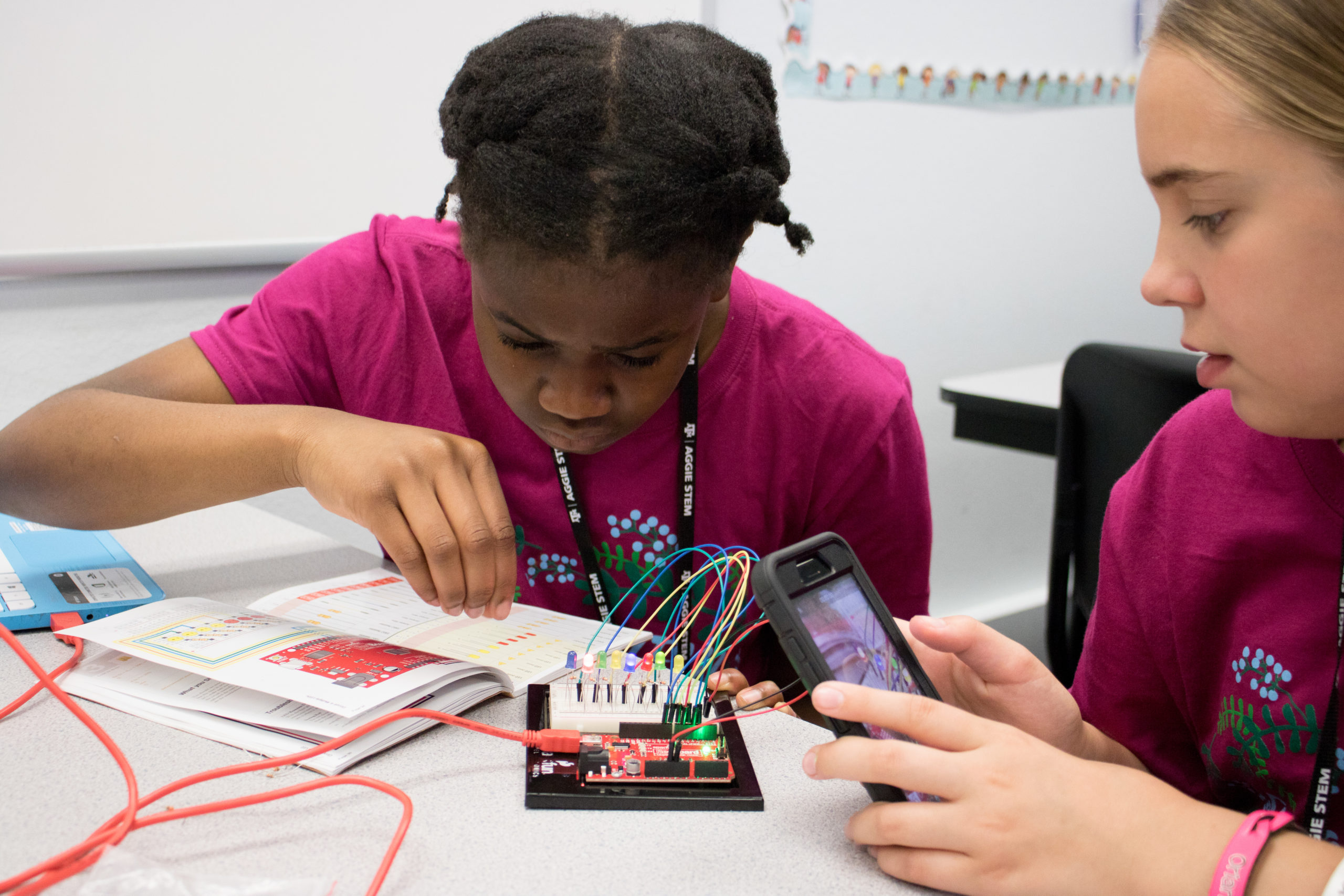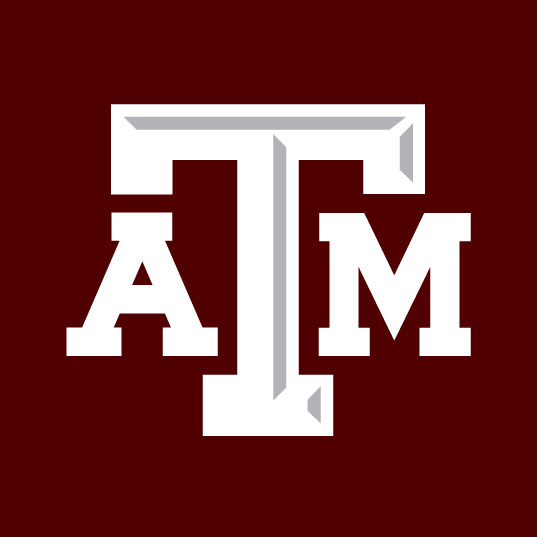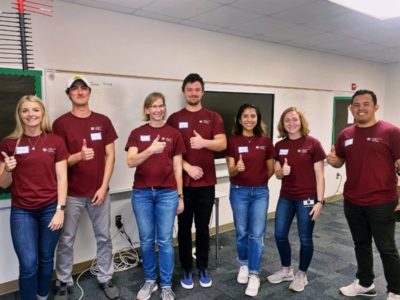
What are STEM words and their multiple meanings?
Reaching shared understanding is incredibly important, especially in education. Arguably, it is even more critical when it comes to STEM education. However, reaching that shared meaning can be a difficult process.
Dr. Michelle Kwok, clinical assistant professor in the Department of Teaching, Learning and Culture, sought to find the key processes in reaching shared meaning in STEM contexts.
Kwok said communication within STEM contexts gets complicated for two primary reasons. One is polysemy, or the existence of many possible meanings for a word or phrase.
“When we try to be very precise in our communication, an audience may interpret our message differently than originally intended, even when we are communicating within the same community, and in this case, the STEM disciplines. For example, the word ‘cell’ in biology carries a different meaning than ‘cell’ in computing,” said Kwok.
The second complication is the technical language used when teaching STEM concepts. When introducing a concept for the first time, teachers tend to rely on everyday words to describe or make analogies of the concept.
“Although analogous language can be used as a tool to introduce concepts in an easy to understand way, it is important to consider what precision and accuracy is lost,” said Kwok. “If we just say an object is ‘mirrored’ in geometry, mathematically what happens to the x-coordinates and y-coordinates of the object? Therefore, in order to build accurate conceptual knowledge, students need to be able to practice using and applying technical language, particularly because STEM communication relies on these precise meanings.”
Research methods
Thanks to help from Drs. Robert Capraro and Mary Margaret Capraro, Kwok and the research team worked within the AggieSTEM summer camps to test their research questions. Students, preservice teachers and in-service teachers were asked to describe a randomly shaped object to another person who then had to draw that object based on the description they heard.
“We wanted participants to rely on oral communication and vocabulary. In this task, participants were divided by a partition so they could not see what their partner was doing,” said Kwok. “In this way, we could study how participants primarily used language to reach shared meaning.”
During this task, researchers found three categories for clarifying exchanges: confirmation, rethinking and misdirection.
Confirmation involves participants asking a brief question in order to confirm an existing (and assumed to be shared) idea. Rethinking includes an exchange between both participants in which it was necessary to introduce a new word or phrase to clarify and reach a new shared meaning. In misdirection, shared meaning was never reached despite attempts to clarify.
Participants used both technical and analogous language in their communication as they assessed each other’s understandings.
“For example, a participant might start off using a technical term, be met with confusion, and then resort to an analogous term. Sometimes this worked, but sometimes it did not,” said Kwok. “The point is, analogous terms are usually seen as more accessible, but sometimes they are not. One participant, for example, in describing a diagonally-positioned object, used the term ‘catty-corner.’ Before this research, I had never heard of that term, and would have been lost.”
Kwok said this task is an accurate representation of communication that could occur in STEM classrooms across the country.
She said the biggest implication from this research is that many teachers tend to assume that using analogous language makes it easier for students to understand concepts. However, because of socially-situated language, Kwok said terms we think are common understanding may not be. In addition, analogous language is not as precise or accurate for building STEM knowledge.
“In explaining STEM concepts to students, educators need to balance between using technical and analogous language, which requires constant assessing and building on the vocabulary terms that students already know,” said Kwok. “These two pedagogical moves are crucial, especially for the STEM fields because of the cumulative nature of knowledge development in STEM .”
Kwok said she hopes the findings from this research will impact future research on how teachers are prepared to communicate clearly and effectively with students. She said it is critical that educators evaluate and continually develop teacher clarity for the sake of their students.
“We must not take the ways in which we communicate for granted, even when communicating with people inside our discipline,” said Kwok. “Rather than always presuming we know what our peers and students know and understand, we would be well-served to take the time to check in, probing with questions that can facilitate shared meaning, especially when moments of confusion, even if small, arise.”
About the Writer
Ashley is the Media Relations Coordinator and responsible for news coverage in the Department of Teaching, Learning and Culture as well as the Department of Educational Psychology.
Articles by AshleyFor media inquiries, contact Ashley Green.
Fundraising
To learn more about how you can assist in fundraising, contact Amy Hurley, Director of Development ahurley@txamfoundation.com or 979-847-9455














